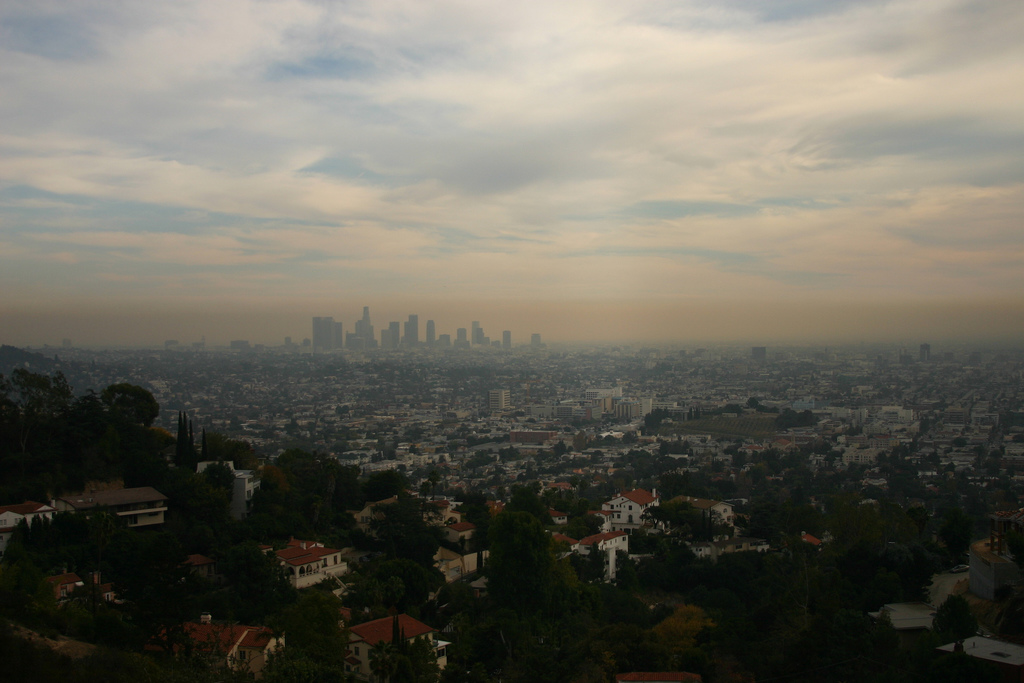California has set its own emissions standards since before the EPA was founded. Ever since the EPA started regulating emissions, the state has continued on its own.
Now according to a report in the Los Angeles Times, the Trump Administration thinks it has found a legal way to circumvent the legal exemption that allows the Golden State to continue setting its own rules without enduring the political fight that might ensue by trying to revoke the exemption.
Just about every automaker over the years has lobbied to have a single national standard for emissions, to keep from having to build separate cars for California that they don't sell elsewhere.
Should CA be able to set its own emissions standards?
— Green Car Reports (@GreenCarReports) April 30, 2018
With a legal showdown approaching between the Trump Administration and California, we thought it was high time to ask our readers who you think should govern emissions standards—especially since they now affect fuel economy. So our Twitter poll this week asks the question: "Should California be able to set its own emissions standards?"
If the question seems too esoteric or legalistic, here's a little more background:
Since 2007, when the Supreme Court ruled that carbon dioxide constitutes a pollutant and that the EPA must regulate it, matters have grown more complicated.
CHECK OUT: When will buying gasoline cars seem weird? Twitter poll results
Other types of pollutants can be filtered, diluted, or chemically transformed in the exhaust. Carbon dioxide is tied directly to fuel economy, meaning the EPA now has some authority over fuel economy as well as emissions. (The Agency shares control over fuel economy with the National Highway Traffic Safety Administration, which governs it by statute.)
The California Air Resources Board also regulates CO2 as a pollutant, again governing fuel economy as well as emissions.

Smog over Los Angeles, courtesy Flickr user steven-buss
California had good reason to start regulating emissions in the 1960s, because it had a unique problem with smog in the Los Angeles basin (and a similar but less severe problem in the San Joaquin valley). There, cool air from the ocean is pushed up coastal hillsides and sits on top of warm air in valley bottoms forming a cap from which pollution can't escape. When the EPA began regulating national air quality, Los Angeles frequently couldn't meet the cleanliness standards.
We look forward to hearing your input, so click on over to the Twitter poll. As always, though, remember that our polls are far from statistically valid national samples, due to their small sample size and the self-selection of poll takers. We promise, they're still meaningful to us.












